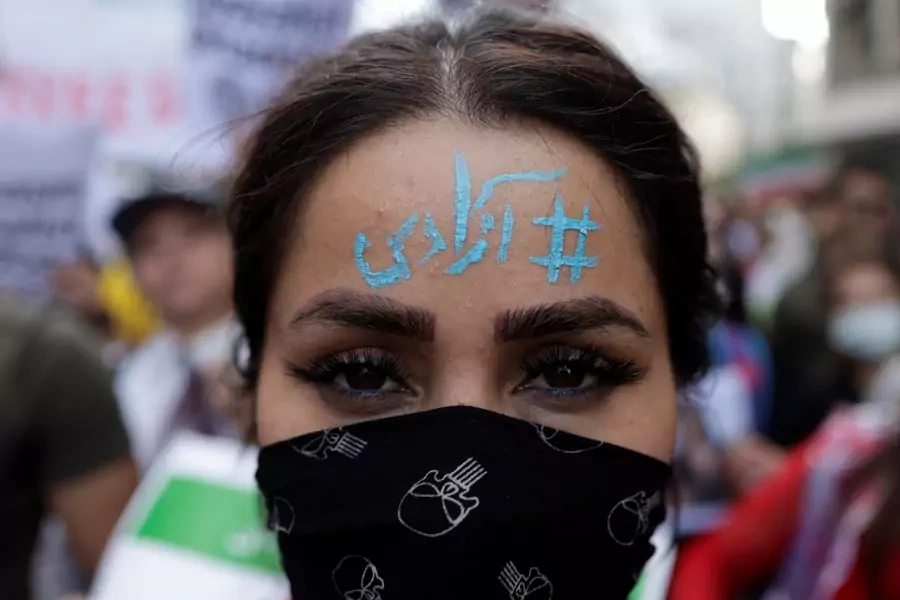Women This Week: Mass Protests Continue Across Iran

Iranian Regime Tries, and Fails, to Stamp Out Protests
Nearly one month after Mahsa Amini died in the custody of the morality police, women-led protests are continuing across Iran. The protests have even taken hold in neighborhoods historically loyal to Iran’s ruling regime. During a nationwide broadcast Saturday night, activists briefly took control of state television, holding up a placard with images of young women killed in police custody and phrases including a call to “join us and rise up.” The Iranian government has used brutal tactics to quash the protests; rights groups estimate that over two hundred people have been killed, including at least twenty-four children, and hundreds injured. But protestors have not been deterred, with young women flooding out of universities and high schools to stand on the front lines. “It has never been—even at the beginning—about the hijab,” said a protestor in an interview with the BBC, “The hijab was just the spark. It has always been about basic human rights.”
Report Puts Spotlight on U.S. Maternal Healthcare Crisis
March of Dimes, a nonprofit focused on maternal and child health, released a report on Tuesday detailing alarming gaps in maternity care access across the United States. The report found that 36 percent of U.S. counties qualify as “maternity care deserts,” or areas that do not have any hospitals providing obstetric care, obstetricians or gynecologists, certified nurse midwives, or birthing centers. These “deserts,” which are predominantly in the Midwest and South, are home to approximately 2.2 million women of childbearing age. The U.S. maternal health crisis disproportionately affects people of color and rural communities. One in four American Indian babies and one in six Black babies are born in counties with limited or no access to maternal healthcare; two in three maternity care deserts are rural.
“Day of the Girl” Serves as Reminder of Progress Lost
More on:
Tuesday was the tenth annual “International Day of the Girl Child,” which was established by the United Nations in 2011 to “recognize girls’ rights and the unique challenges girls face around the world.” Girls saw progress in many areas in the ensuing years, but the COVID-19 pandemic reversed many hard-fought gains. According to Michelle Milford Morse, vice president for girls and women strategy at the United Nations Foundation, girls have fallen “deeper in the cracks.” Teen pregnancy rates have risen, girls have been pushed out of school, and instances of sex work, child marriage, and female genital mutilation have increased. “We almost never ask girls what they want or need,” Morse added, “And when we do, we don't listen. We need to listen to what girls want. They have reasonable and powerful ideas.”
More on:
Caroline Kapp is a research associate working with the Women and Foreign Policy program at the Council on Foreign Relations.
 Online Store
Online Store